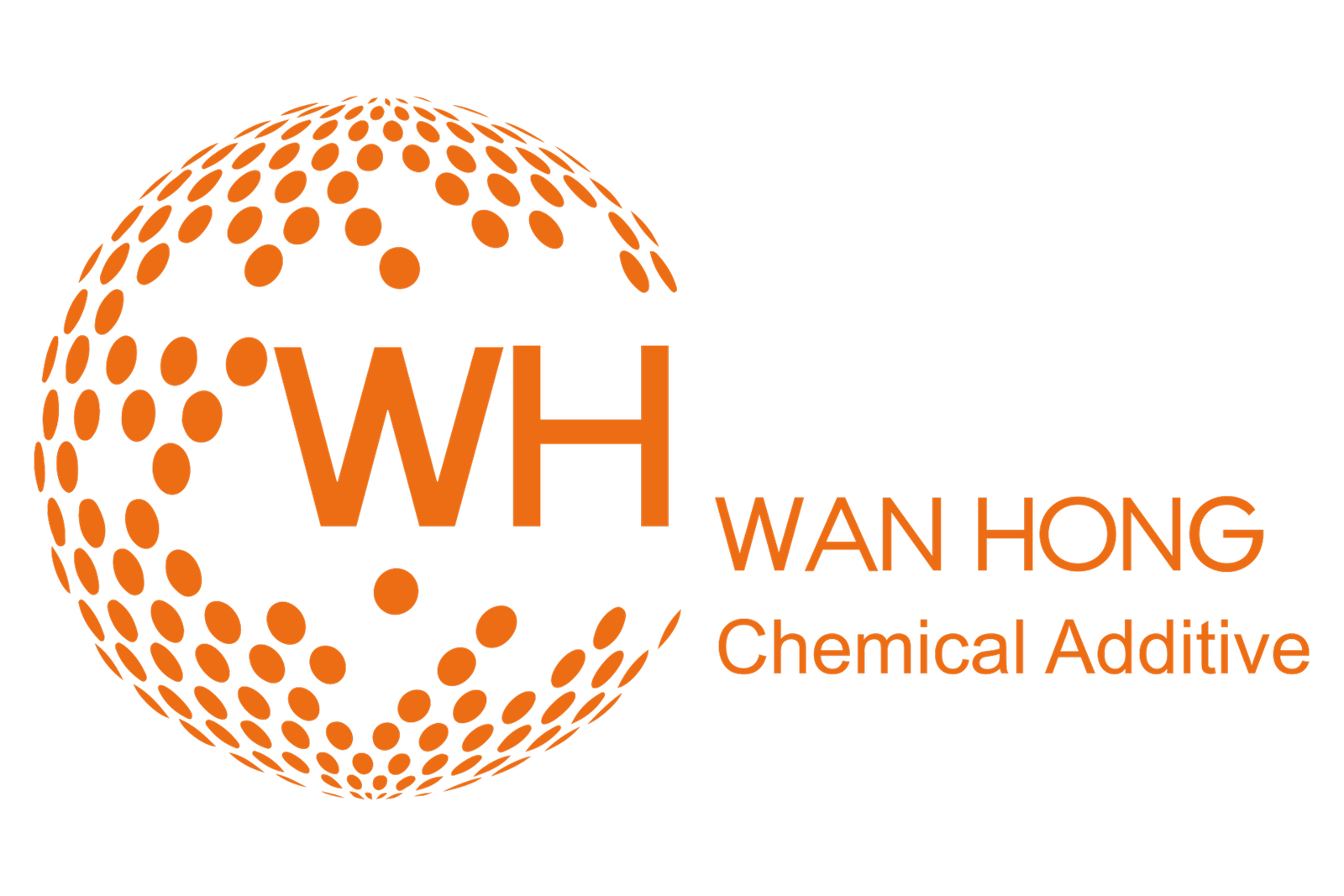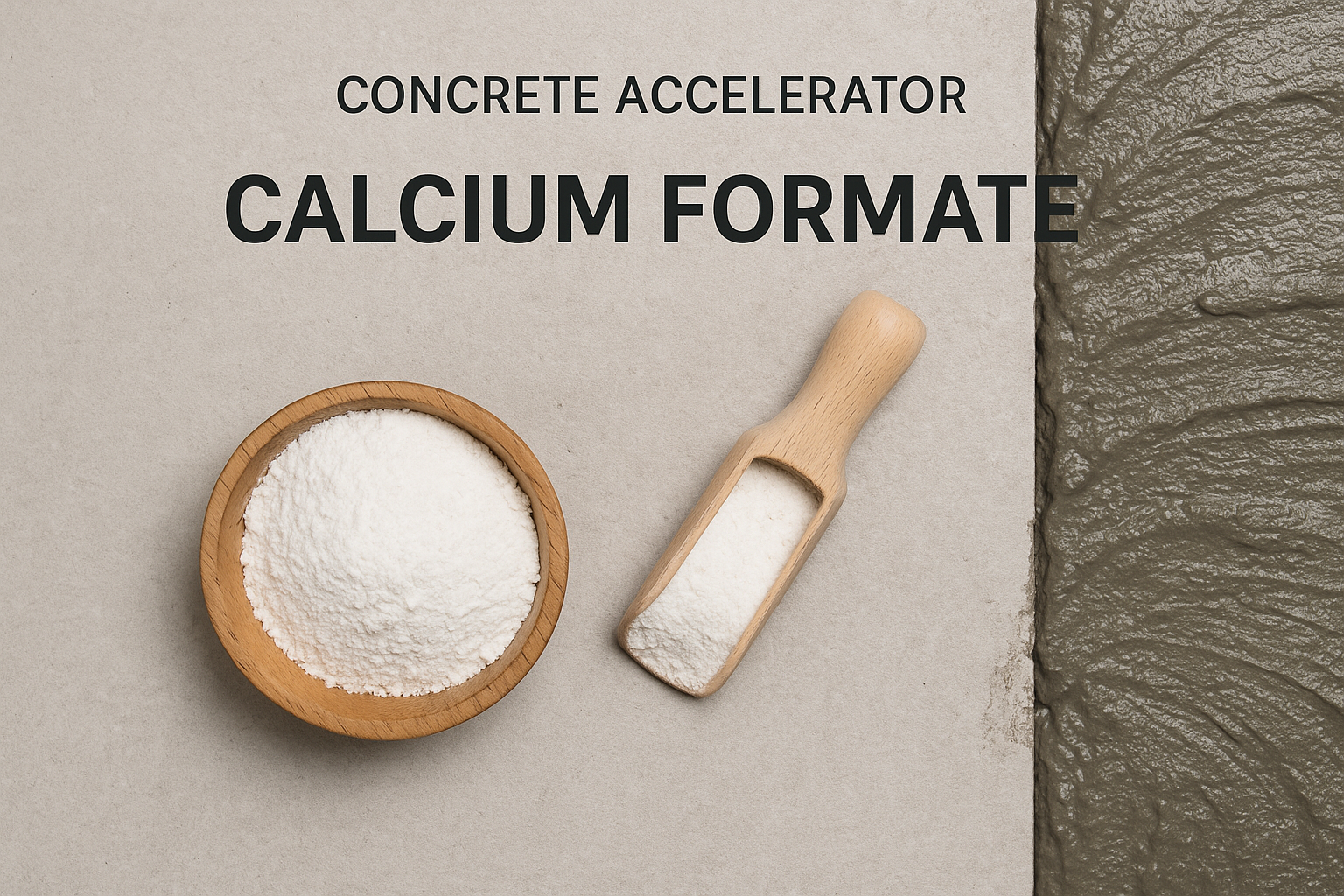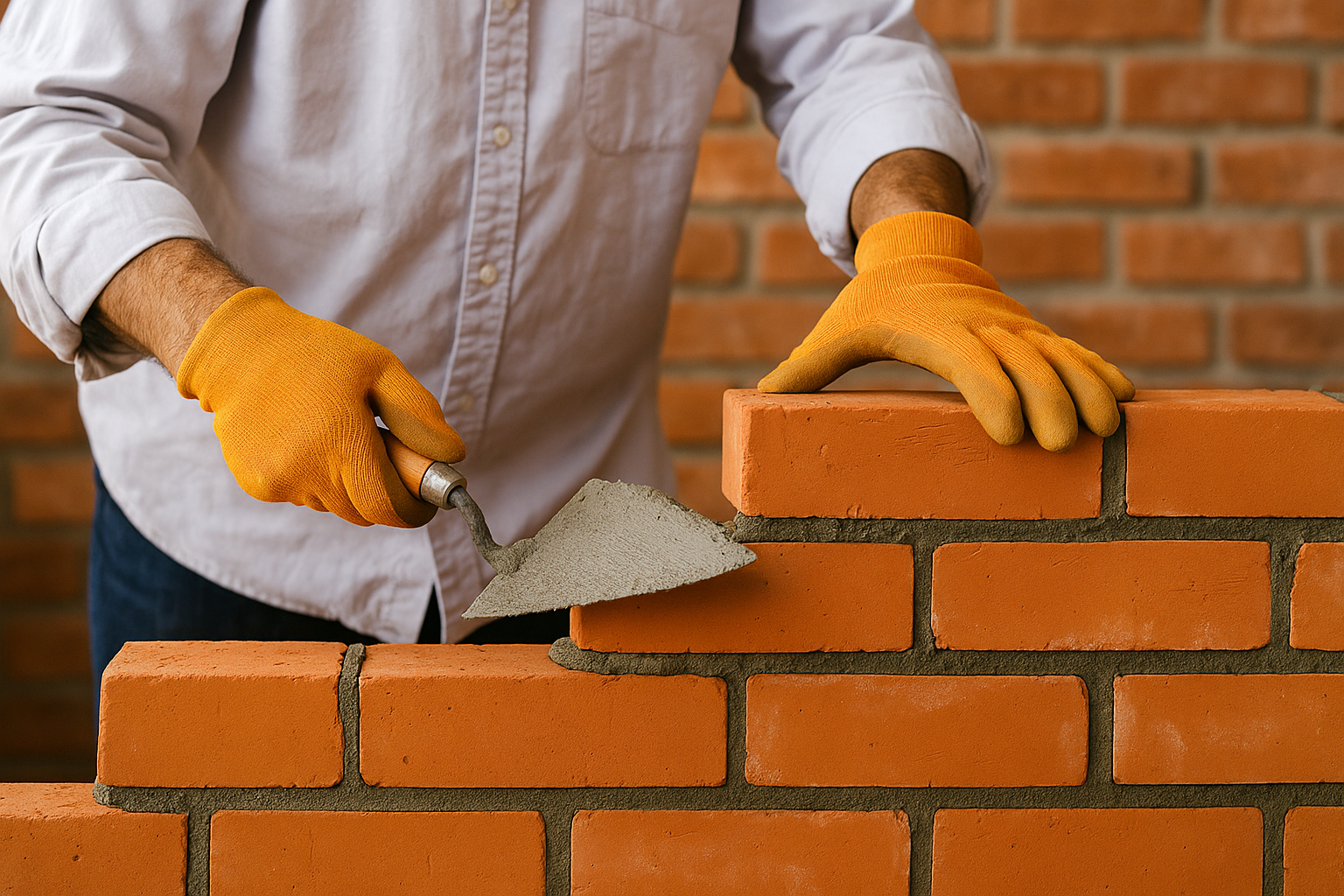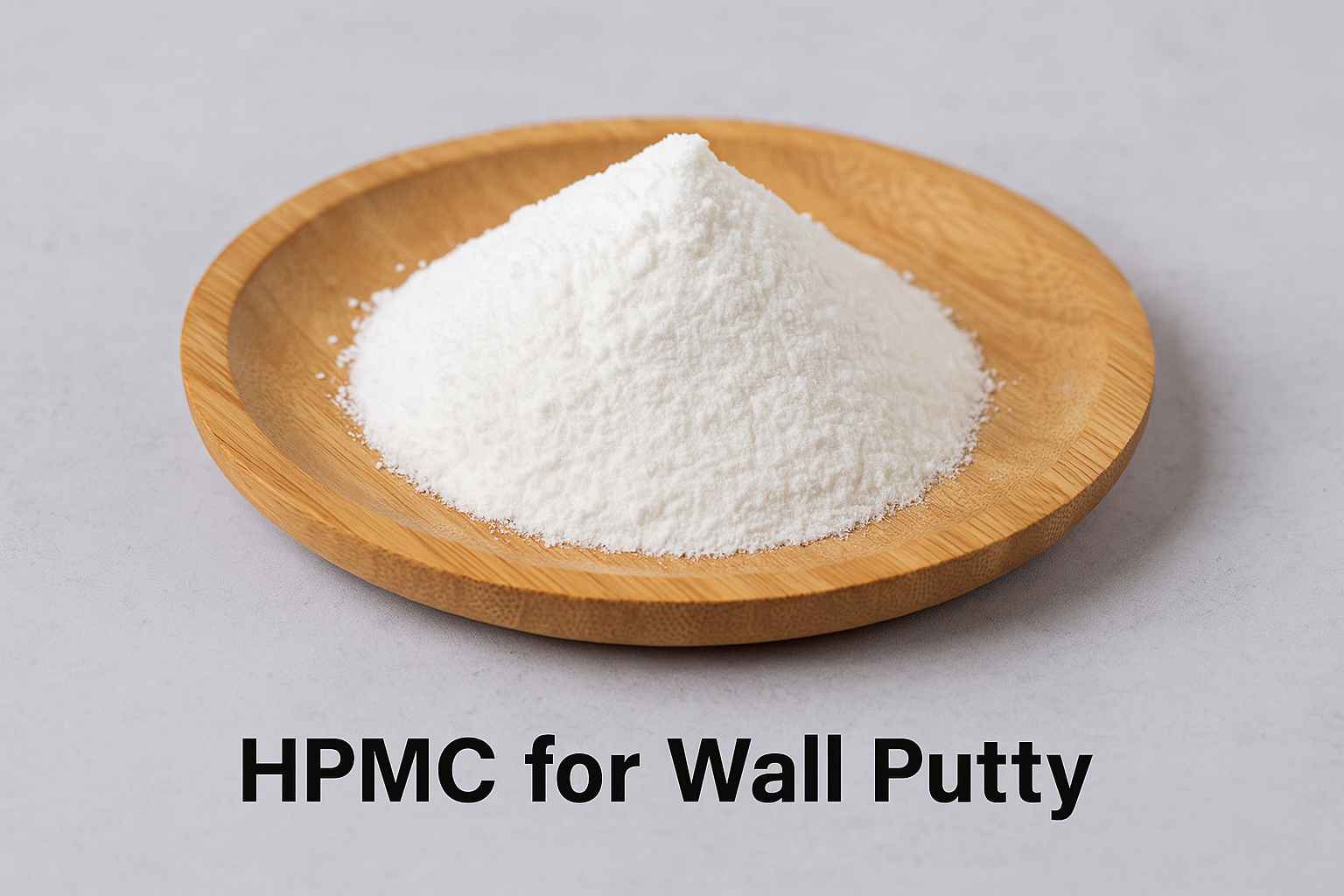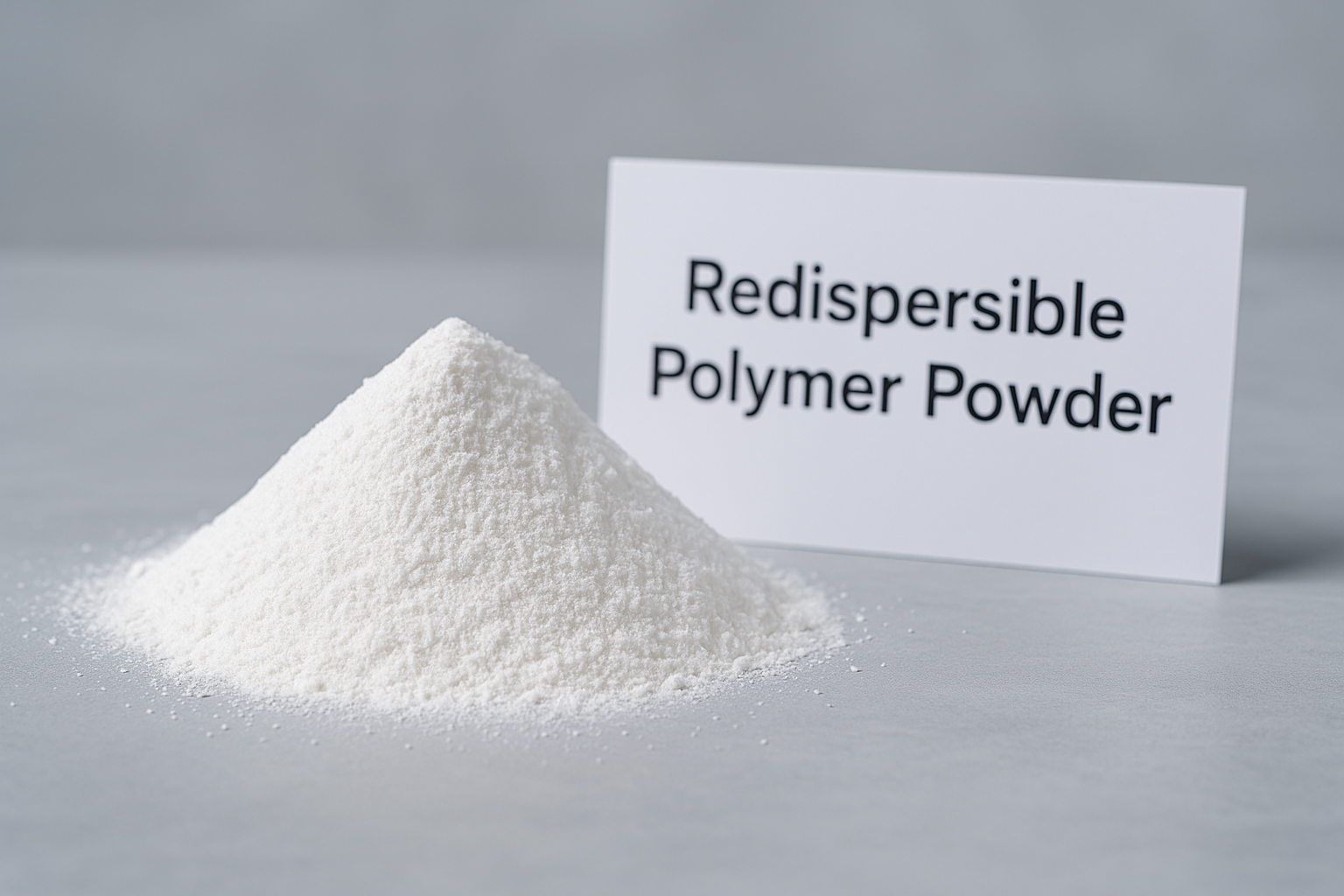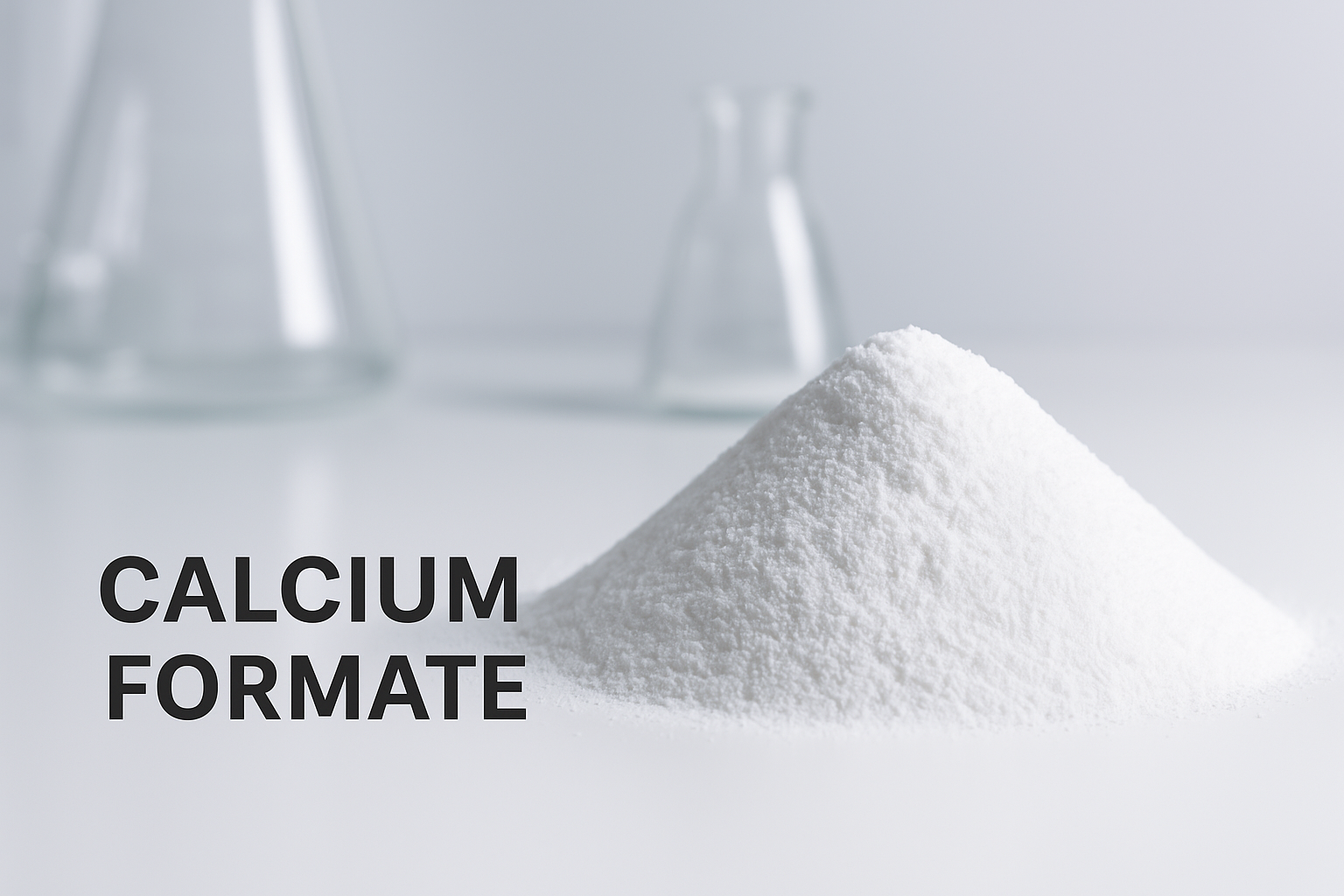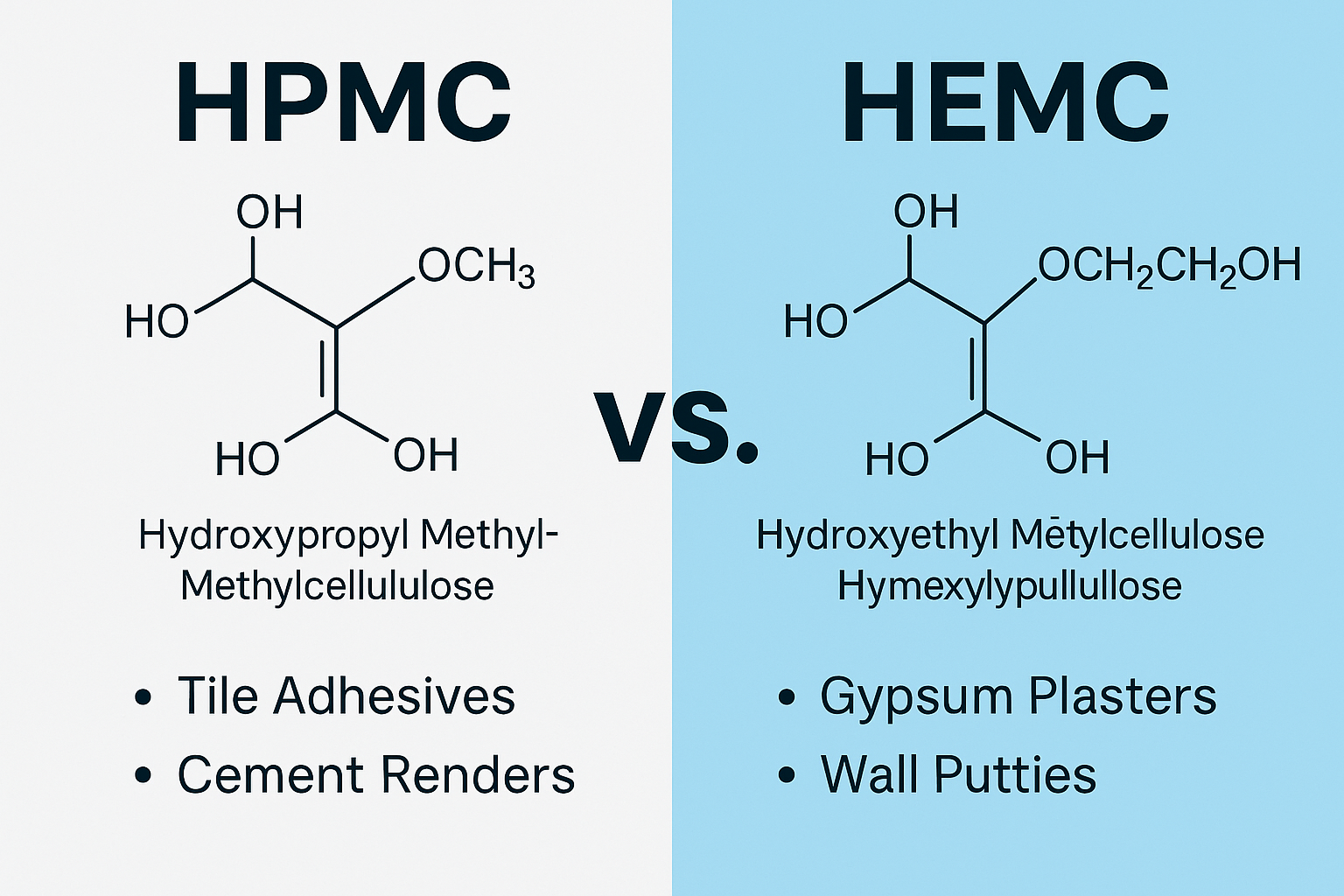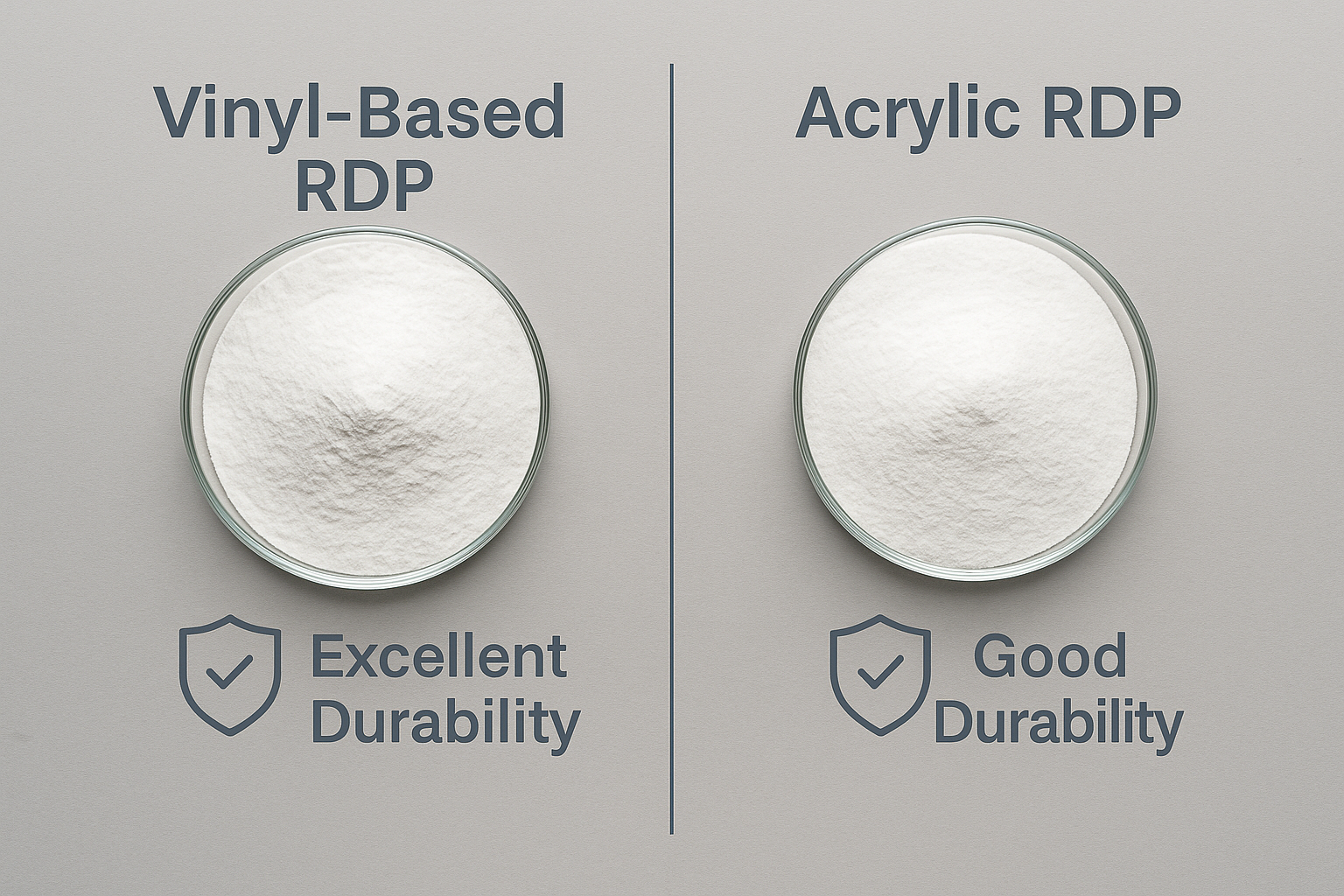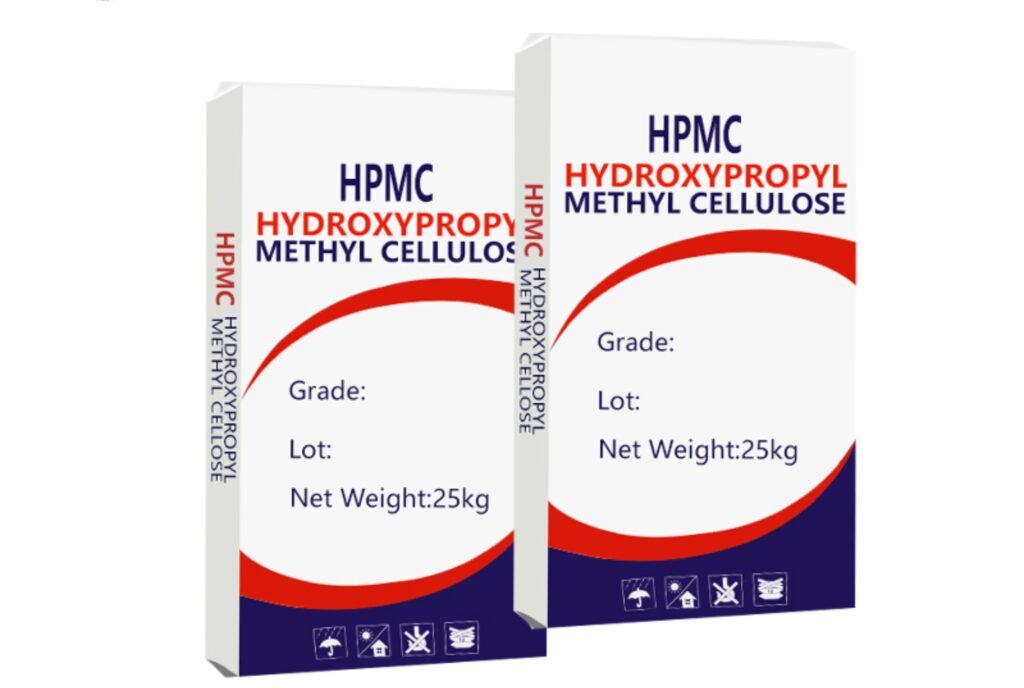Delayed concrete setting is causing you costly project delays and quality issues. Cold weather makes it worse, threatening your deadlines and reputation. Calcium formate accelerator solves these problems efficiently.
Calcium formate1 is a powerful concrete accelerator that reduces setting time by up to 60 minutes by catalyzing cement hydration reactions. It works effectively in temperatures as low as -10°C while enhancing early strength development without compromising long-term concrete durability.
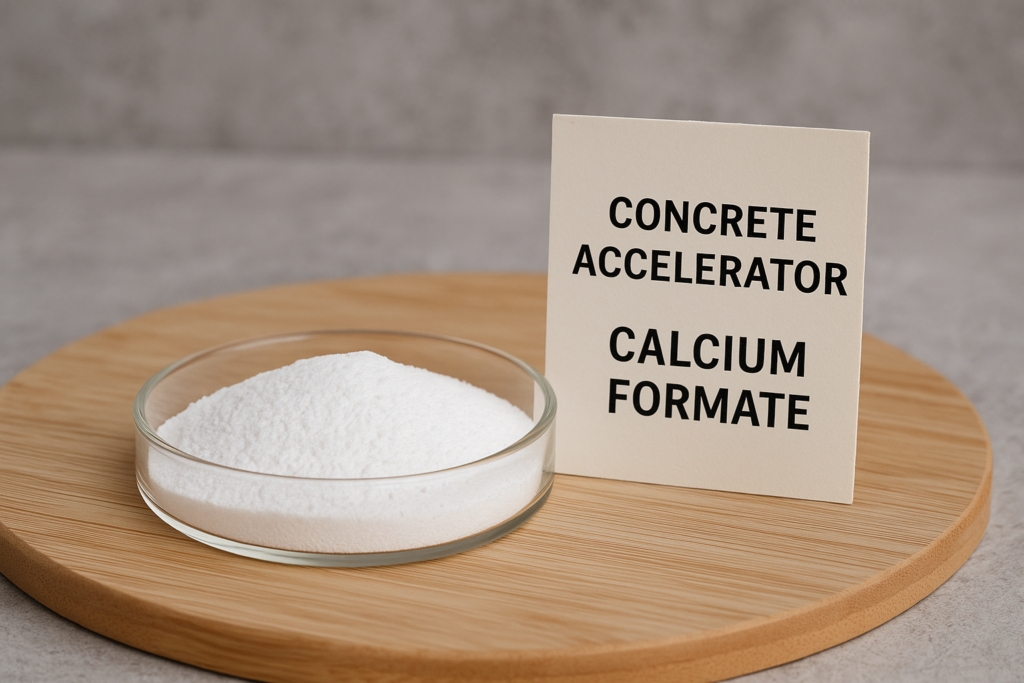
I've been in the construction materials industry for over 15 years, and calcium formate consistently proves itself as the most reliable concrete accelerator across diverse projects. My clients keep coming back for more because they see real results. Let me share everything you need to know about this essential construction additive.
Concrete Accelerator Calcium Formate Product Information - What Makes It Special?
The inconsistent setting times of your concrete mix are delaying project timelines and causing quality control headaches. Winter weather conditions make the problem even worse, risking structural integrity.
Calcium formate accelerator is a white crystalline powder that speeds up concrete setting time by 30-60 minutes by accelerating the cement hydration process. It achieves this without the chloride content found in other accelerators, making it safe for reinforced concrete where metal corrosion is a concern.
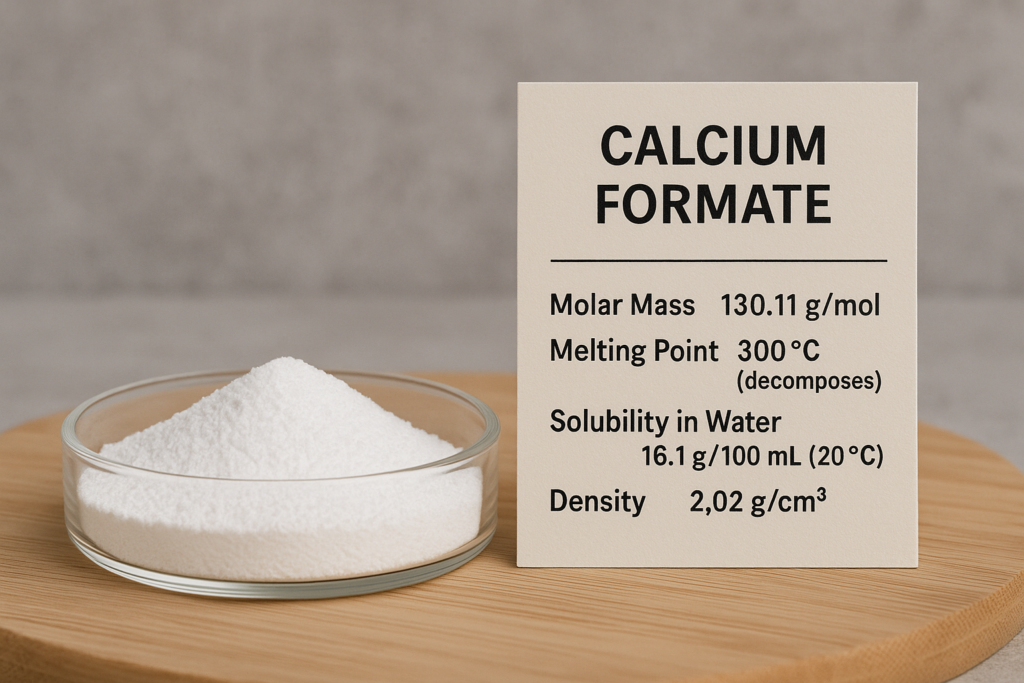
Calcium formate1 has transformed how my clients approach cold weather concreting. The technical name is Ca(HCOO)₂, and it works by interacting directly with cement compounds to catalyze the hydration process. Unlike calcium chloride, it won't corrode reinforcement steel or cause efflorescence issues later.
The typical dosage ranges from 1-3% by weight of cement, though this can be adjusted based on your specific requirements. I remember visiting a project in northern China where temperatures dropped to -15°C. The construction team was struggling with concrete setting until we introduced calcium formate at a 2.5% dosage. The results were immediate - setting time reduced by 55 minutes and early strength increased by 40% compared to their previous mix.
Another advantage is calcium formate's neutral pH, making it safer to handle than highly alkaline accelerators. It comes in various forms:
- Fine powder (most common)
- Granular (easier handling, less dust)
- Liquid solutions (ready to mix)
| Property | Specification |
|---|---|
| Appearance | White crystalline powder |
| Calcium Formate Content | ≥98% |
| Chloride Content | ≤0.1% |
| pH (10% solution) | 6.0-8.0 |
| Loss on Drying | ≤0.5% |
| Heavy Metals | ≤10ppm |
Reducing Concrete Setting Time by 60 minutes! How Does It Actually Work?
You're losing valuable time waiting for concrete to set, especially in cold weather. Project delays are mounting, costing you money and threatening deadlines that seemed reasonable during planning.
Calcium formate reduces concrete setting time by accelerating the hydration reaction between water and cement. It works by forming calcium compounds that speed up the C3S (tricalcium silicate) reaction, which is the primary compound responsible for early strength development in concrete.
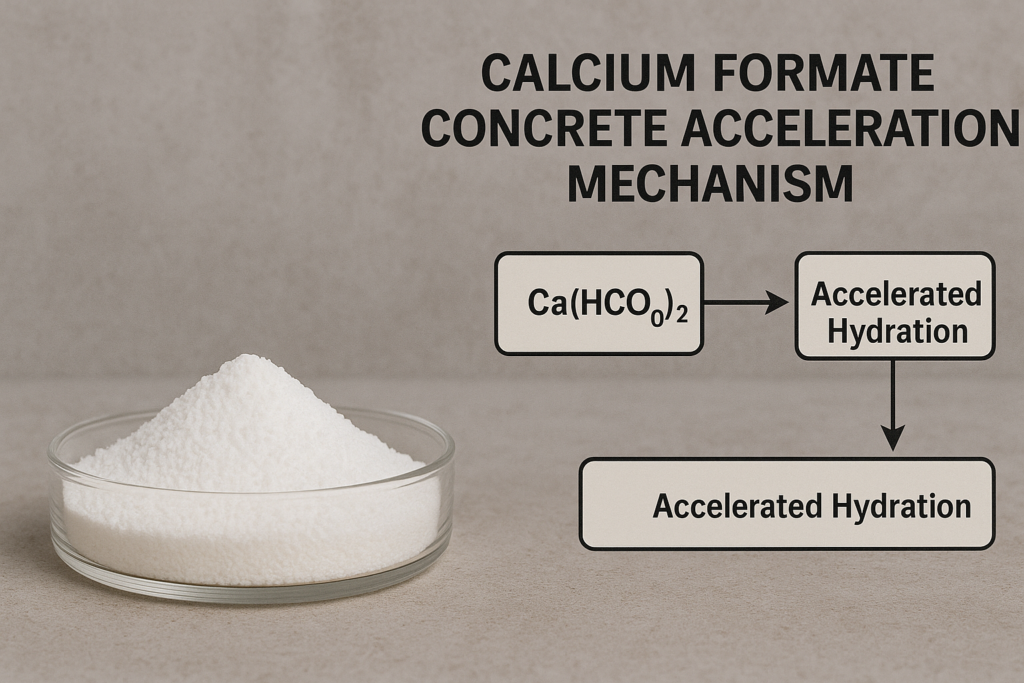
I still remember a major highway project in Saudi Arabia where the construction team was struggling with afternoon temperatures exceeding 40°C. The concrete was setting too quickly, causing placement issues and cold joints. We adjusted their mix with a carefully balanced calcium formate solution that provided controlled acceleration while maintaining workability.
The acceleration mechanism involves several chemical processes working simultaneously:
-
Catalytic Effect: Calcium formate catalyzes the dissolution of cement minerals, particularly C3S and C3A (tricalcium aluminate).
-
Heat Generation Control: Unlike other accelerators, calcium formate manages the exothermic reaction without excessive heat that could cause cracking.
-
Microstructure Enhancement: It promotes the formation of a denser CSH (calcium silicate hydrate) gel structure.
The performance varies with temperature:
- At 20°C: 30-45 minute reduction in setting time
- At 5°C: 45-60 minute reduction
- At -5°C: Can maintain hydration when other additives fail
| Temperature | Setting Time Reduction | Recommended Dosage |
|---|---|---|
| 20°C | 30-45 minutes | 1.0-1.5% |
| 5°C | 45-60 minutes | 1.5-2.0% |
| -5°C | 60+ minutes | 2.0-3.0% |
Unlike calcium chloride accelerators, formate-based products don't compromise long-term strength or durability, making them ideal for structural concrete applications where performance can't be sacrificed for speed.
7 Simple Steps to Buy Calcium Formate - How to Ensure You Get Quality Product?
Finding reliable calcium formate suppliers feels overwhelming with so many options online. You worry about getting poor quality product that will compromise your concrete performance and waste your money.
To purchase high-quality calcium formate, first identify reputable chemical suppliers with construction industry experience. Request product specifications and test certificates, compare prices from at least three vendors, verify minimum purity of 98%, and order small samples before bulk purchase.
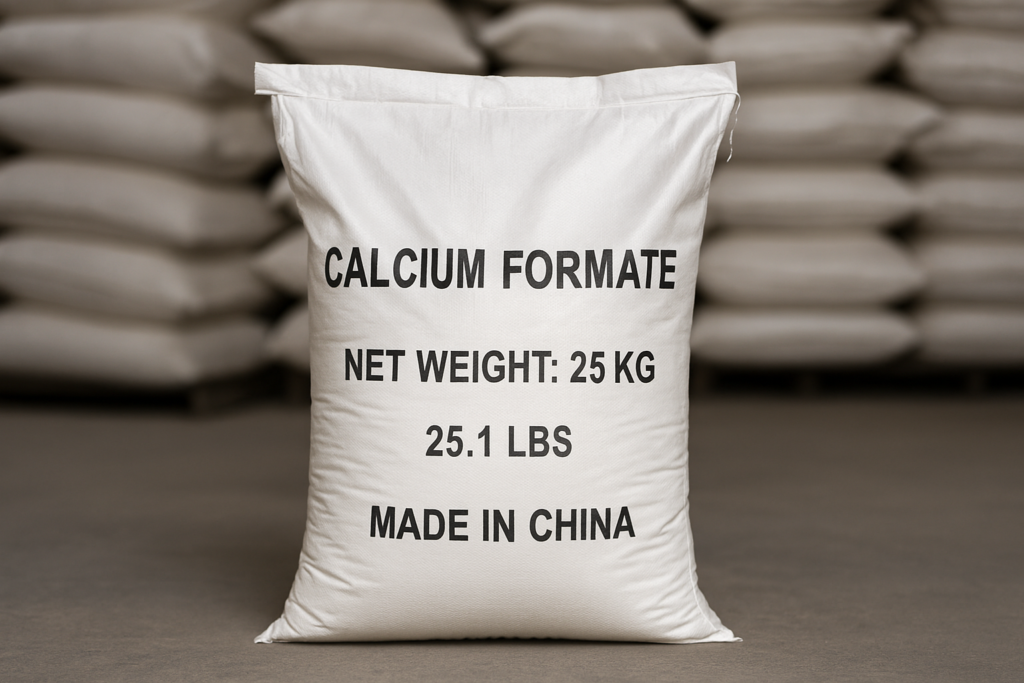
I've helped hundreds of clients source calcium formate, and the process always comes down to these key steps:
-
Define Your Requirements: Before contacting suppliers, know exactly what you need:
- Required purity level (98% minimum recommended)
- Particle size (fine powder works best for most applications)
- Quantity (calculate based on your cement content and dosage percentage)
- Delivery timeline (include buffer time for potential delays)
-
Find Reputable Suppliers: I recommend starting with:
- Established chemical distributors with construction industry experience
- Manufacturers with direct factory access (often better pricing)
- Suppliers who can provide case studies in your specific application
-
Request Comprehensive Documentation: Always ask for:
- Technical data sheets
- Safety data sheets (SDS/MSDS)
- Quality certificates (ISO 9001)
- Test results from recent production batches
-
Sample Testing: Never skip this step! Request small samples (usually 1-2kg) to:
- Verify appearance and consistency
- Conduct simple dissolution tests
- Run trial mixes to confirm performance
-
Price Negotiation: Compare quotes from at least three suppliers considering:
- Base price per ton
- Packaging options (25kg bags vs. 1000kg super sacks)
- Shipping terms (FOB, CIF, etc.)
- Payment terms (L/C, T/T, etc.)
-
Logistical Planning: Coordinate:
- Shipping method (sea freight is most economical for large orders)
- Import requirements (customs clearance, duties)
- Storage capabilities (calcium formate must remain dry)
-
Establish Long-term Partnership: The best suppliers will:
- Provide technical support
- Maintain consistent quality across batches
- Offer volume discounts for regular orders
I once worked with a client who purchased calcium formate based solely on price, only to discover it contained high levels of impurities that caused inconsistent setting times. The lesson: always prioritize quality verification over small price differences.
Fun Fact about Calcium Formate Concrete Accelerator - What Don't Most People Know?
Most contractors assume all concrete accelerators work the same way and produce similar results. This misconception leads to inappropriate product selection, wasted money, and suboptimal concrete performance.
Calcium formate1 was accidentally discovered as a concrete accelerator in the 1920s when researchers were investigating why certain animal farm buildings had unusually durable concrete floors. They found that calcium formate, produced naturally from reactions between concrete and formic acid in animal waste, was creating superior concrete.
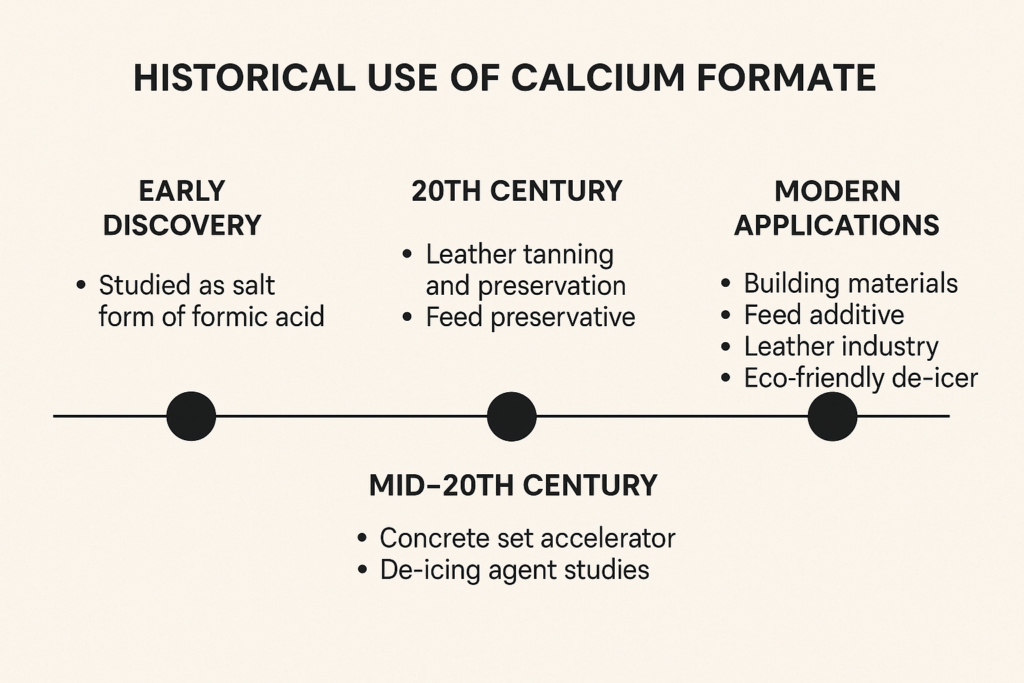
The history of calcium formate in construction fascinates me. While modern manufacturing methods have come a long way, the fundamental chemistry remains unchanged from those accidental discoveries nearly a century ago.
Beyond its primary use as a concrete accelerator2, calcium formate serves multiple functions that many construction professionals aren't aware of:
-
Snow and Ice Melting: It's an effective de-icing agent with less environmental impact than traditional salt.
-
Preservative Properties: Calcium formate prevents microbial growth in concrete, making it valuable for agricultural structures and food processing facilities.
-
Efflorescence Reduction: When used correctly, it can actually reduce the white salt deposits that often plague concrete surfaces.
-
Sustainable Production: Modern calcium formate can be produced from carbon capture technologies, making it one of the more environmentally friendly concrete additives.
-
Medical Applications: The same compound is used in kidney dialysis and certain medications, highlighting its safety profile.
| Compared to other accelerators: | Accelerator Type | Corrosion Risk | Environmental Impact | Cost Effectiveness |
|---|---|---|---|---|
| Calcium Formate | Very Low | Moderate | High | |
| Calcium Chloride | High | High | Very High | |
| Sodium Nitrite | Moderate | High | Moderate | |
| Triethanolamine | Low | Moderate | Low |
During a renovation project at a historic building in Beijing, we discovered that the original concrete from the 1930s contained natural calcium formate from an unknown source. This accidental addition had preserved the concrete's integrity for decades beyond its expected lifespan.
Conclusion
Calcium formate1 concrete accelerator reduces setting time3 by up to 60 minutes without compromising concrete quality. It works effectively in cold temperatures, contains no corrosive chlorides, and offers excellent cost-performance balance for your construction projects.
-
Explore how Calcium formate can enhance your concrete projects by reducing setting time and improving strength. ↩ ↩ ↩ ↩
-
Learn about the role of concrete accelerators in construction and how they can save you time and money. ↩
-
Discover effective methods to reduce concrete setting time and avoid costly project delays. ↩
